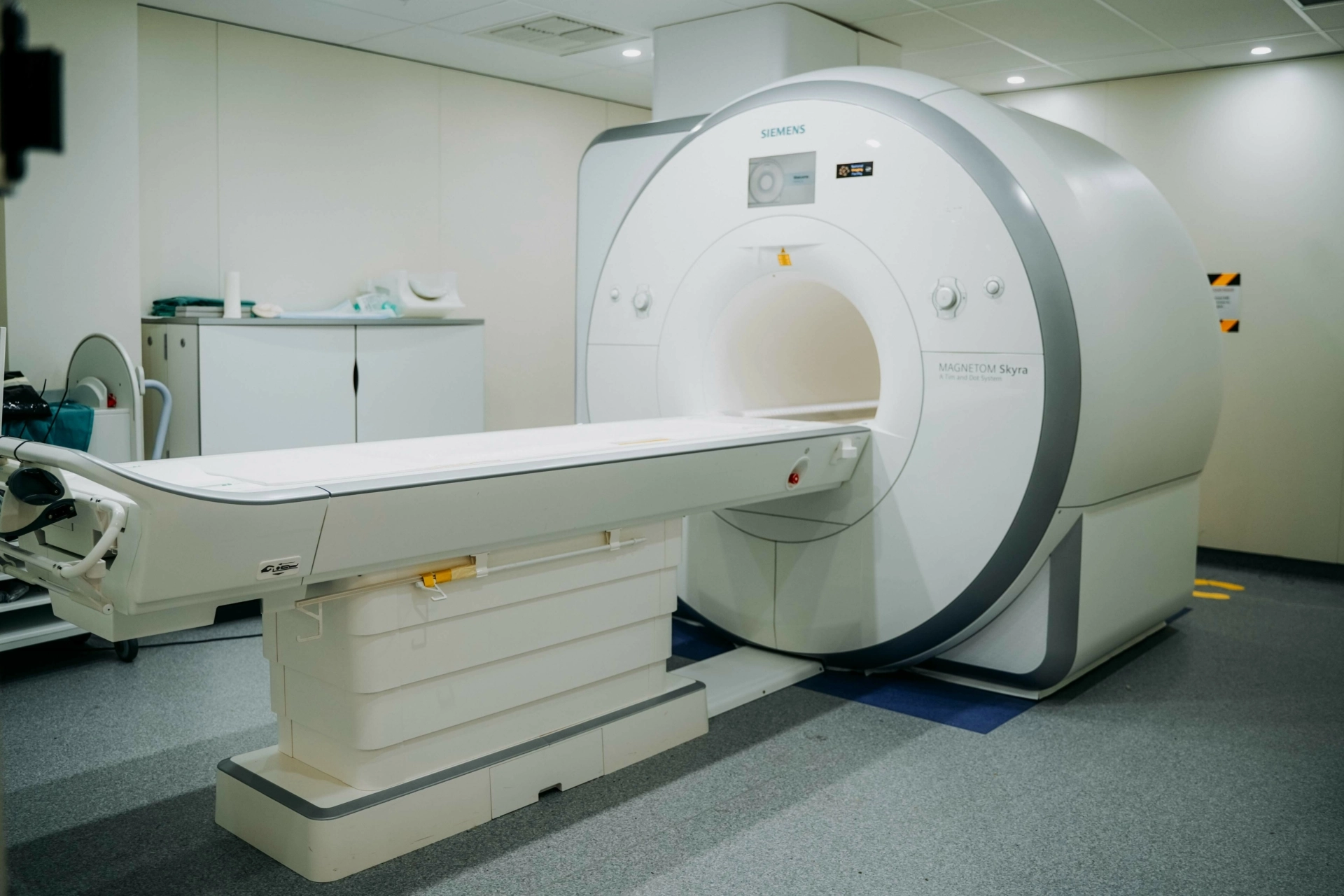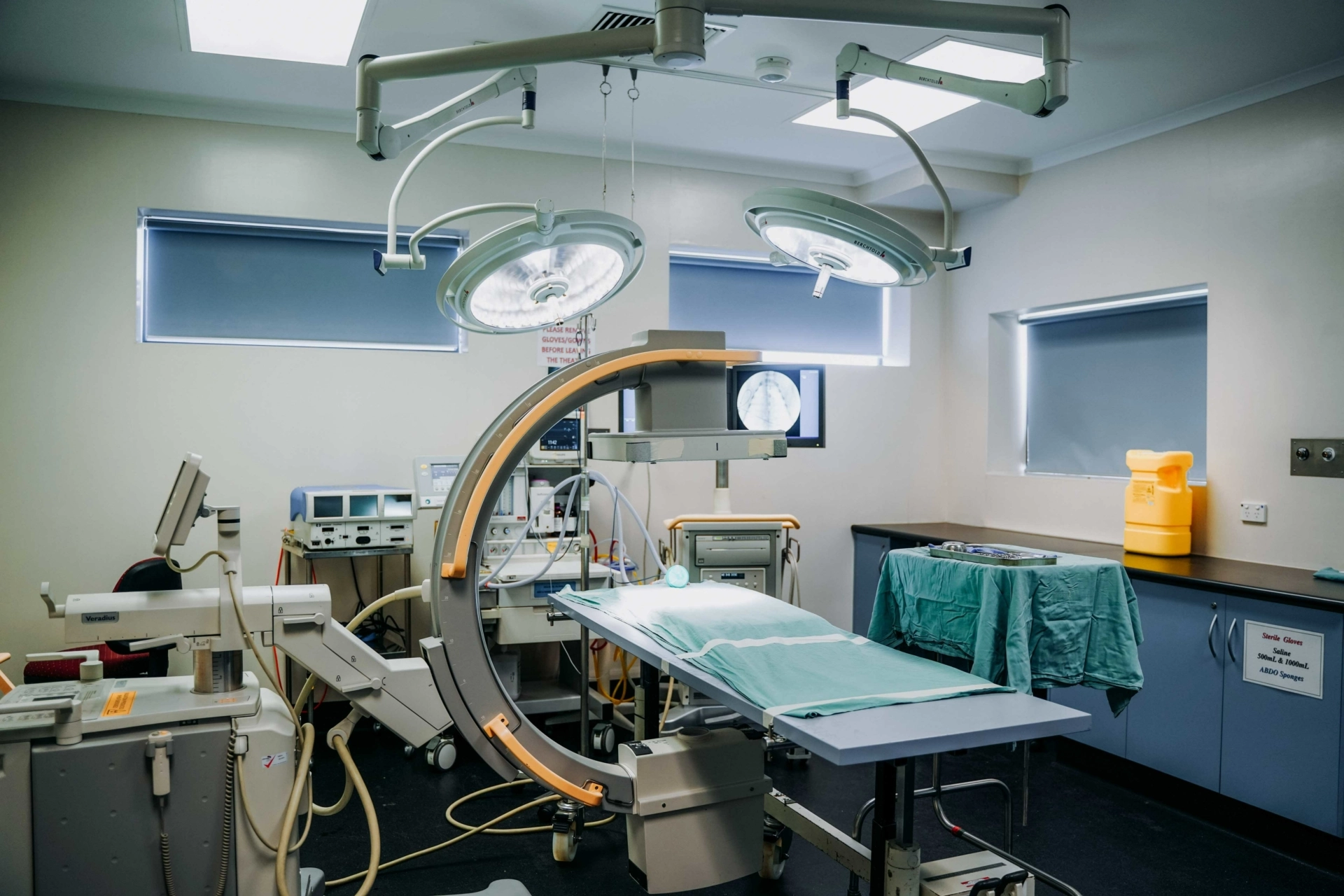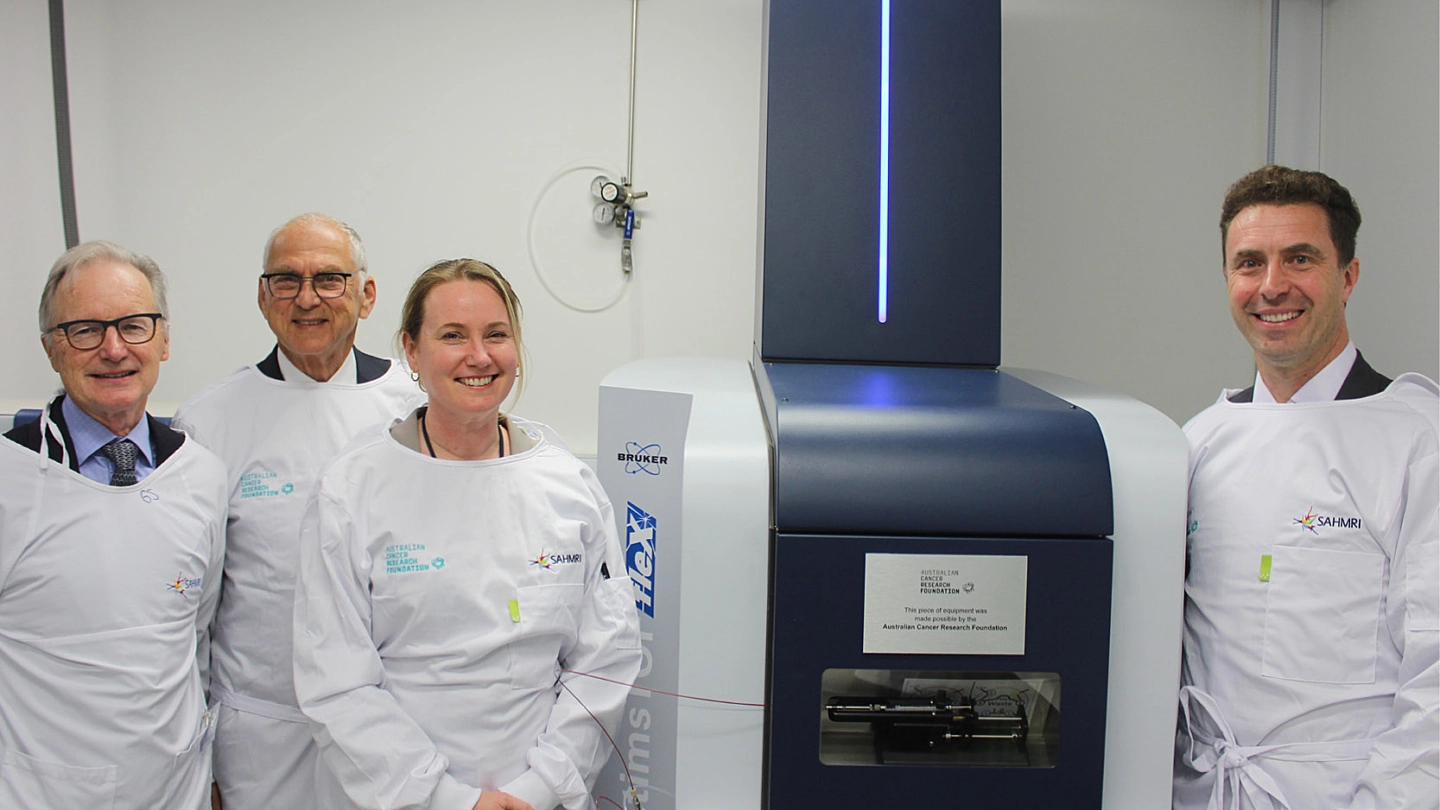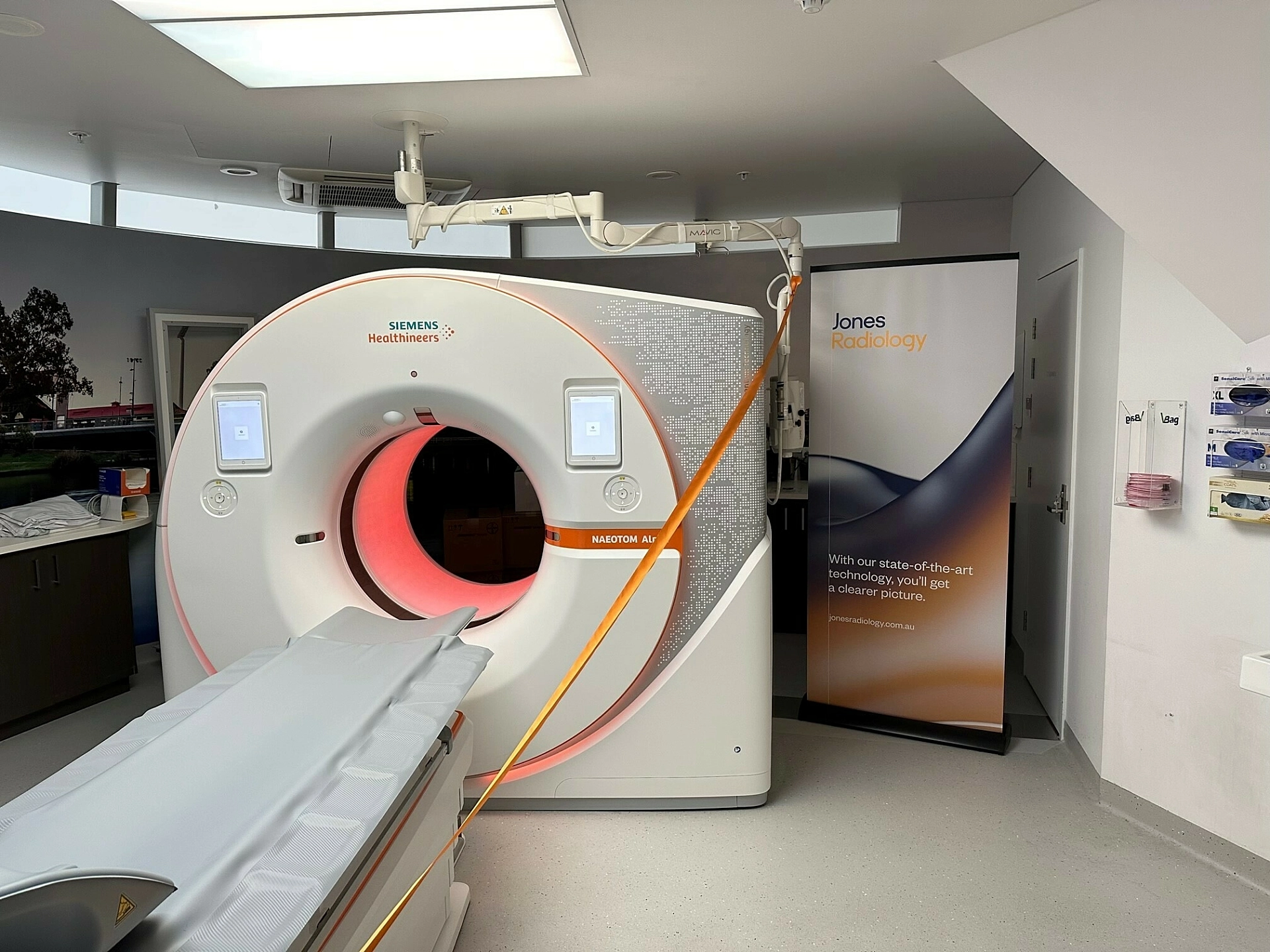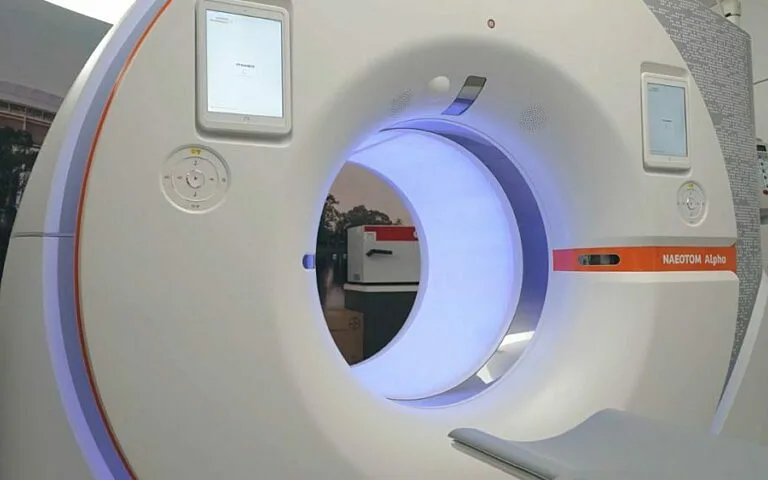SAHMRI is primed to lead the future of Huntington's Disease (HD) research, with the unique monitoring of an innovative preclinical model promising to reveal critical new insights to better understand and eventually treat the incurable condition.
HD is a fatal genetic neurological disorder characterised by symptoms including movement abnormalities, cognitive impairments and psychiatric disturbances. The disease is rooted in the presence of a single flawed gene known as Huntingtin (HTT).
Symptoms typically emerge from mid-thirties to mid-fifties, impacting mood, motor function and memory. HD ultimately proves fatal, but the deterioration of nerve cells in the brain is a slow process that can stretch over many years.
The research team, led by SAHMRI Senior Research Fellow and Australian National Imaging Facility (NIF) Fellow, Dr Muneer Ahamed is using positron emission tomography (PET) imaging to monitor key molecular markers in the brains of sheep born with HD, allowing them to observe variations in the brain at different stages of the disease.
Dr Ahamed says it’s all being facilitated by SAHMRI’s unique large animal imaging facility and state-of-the-art radiochemistry infrastructure.
“HD sheep live significantly longer compared to other rodent preclinical models and their brains are much closer in size and structure to humans, making them an extremely useful scientific resource,” Dr Ahamed said.
The HD sheep are being provided by South Australian Research and Development Institute (SARDI) and Cure Huntington’s Disease Initiative (CHDI) Foundation.
The current study, being conducted in close collaboration with leading HD researchers from the University of Antwerp and University of Cambridge, is facilitating the invaluable opportunity to document disease progression over the entire lifespan.
Current HD diagnosis is based on the assessment of established symptoms, such as involuntary movements and behavior changes, which emerge much later than initial disease onset.
“Imaging some of the key molecular markers in the brain can predict the severity of disease and allows us to monitor treatment success,” Dr Ahamed said.
“Before we can make early intervention and prevention a reality, we need to understand early-stage biological changes and monitor those variations throughout the course of the disease.”
The HD sheep model, produced at SARDI is currently only available in South Australia and the study is the first of its kind.
“We’re confident this will facilitate development of novel imaging probes for HD and accelerate clinical translation of novel therapies by opening up avenues to evaluate disease-modifying treatments,” Dr Ahamed said.
It’s anticipated the site will attract international interest from various groups seeking to test therapeutics for the treatment of HD.
Due to the similarities with other neurodegenerative disorders, researchers expect the insights gained by this study will likely hold positive implications for other slow-progressing neurological conditions, such as Alzheimer’s Disease (AD), with sheep models for AD also developed at SARDI.
